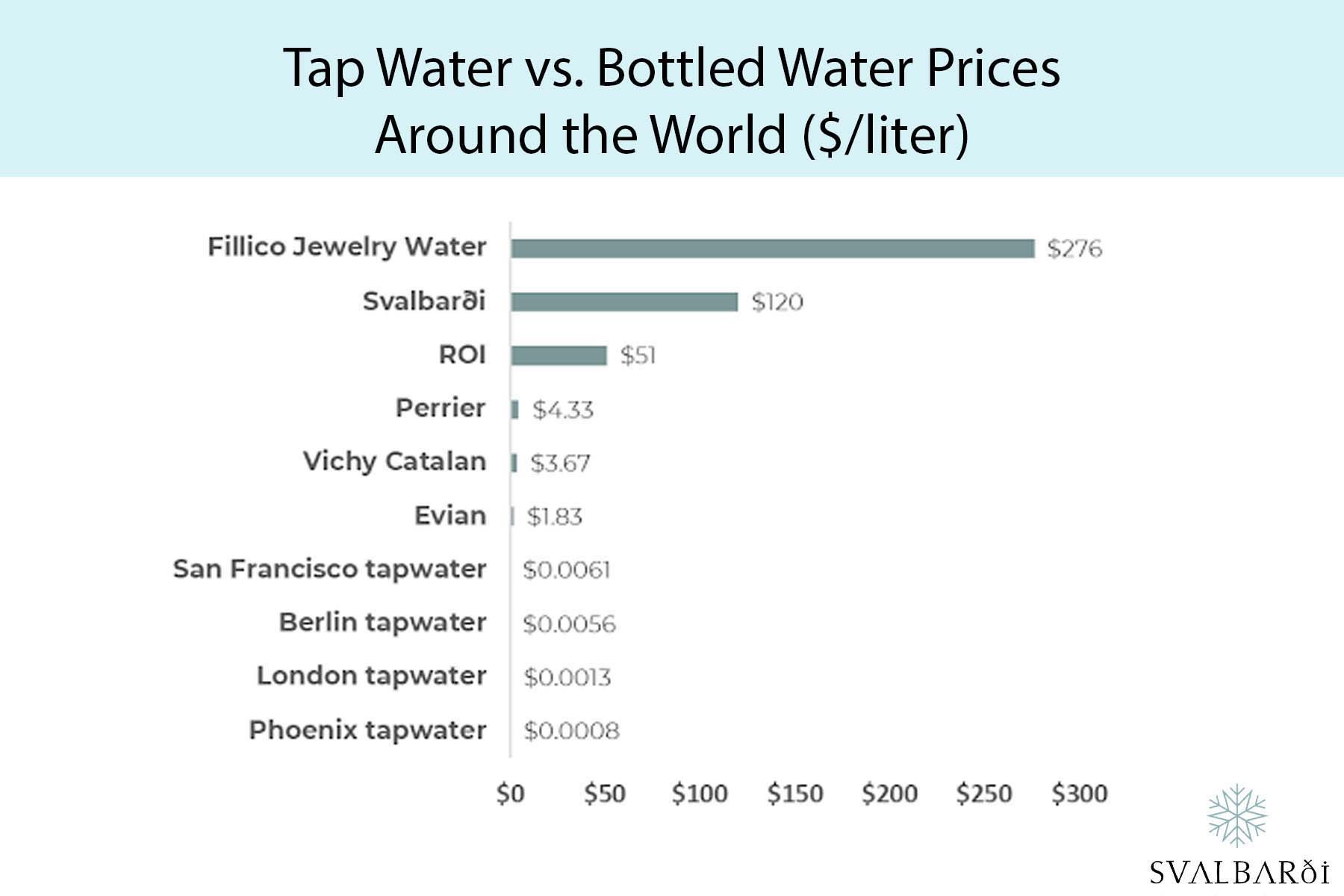Bottled water is a convenient option, but have you ever stopped to consider the cost difference compared to tap water? The price disparity is significant, and understanding the reasons behind it can help you make informed hydration choices. This article explores the financial and environmental costs of bottled water versus tap water.
The Price Tag: Bottled vs. Tap
The most obvious difference between bottled and tap water is the price. Tap water, delivered through public water systems, costs mere pennies per gallon. According to Harvard University, tap water averages around $0.004 per gallon. In contrast, bottled water can range from $1 to $4 per gallon or more, depending on the brand and location. This makes bottled water roughly 250 to 1000 times more expensive than tap water. In restaurants, the markup on bottled water can be even more dramatic, often exceeding $5 per gallon.
Why the Huge Price Difference?
Several factors contribute to the higher cost of bottled water:
- Packaging: Manufacturing plastic bottles, labels, and caps requires significant resources and energy. Transportation of these materials and the filled bottles further adds to the cost.
- Marketing and Branding: Bottled water companies invest heavily in marketing and branding to create a perceived value for their product. This cost is passed on to the consumer.
- Distribution and Retail Markup: Getting bottled water from the source to the store shelf involves a complex distribution network and retail markups, all contributing to the final price.
- Source and Treatment: While some bottled water comes from municipal sources (essentially treated tap water), others boast natural springs or other unique origins. These sources may involve higher extraction and treatment costs.
Hidden Costs: The Environmental Impact
Beyond the price tag, bottled water carries significant environmental costs:
- Fossil Fuel Consumption: The production and transportation of bottled water consume vast amounts of fossil fuels, contributing to greenhouse gas emissions and climate change.
- Plastic Waste: Millions of plastic bottles end up in landfills each year, taking centuries to decompose. This contributes to plastic pollution in our oceans and ecosystems.
- Water Source Depletion: In some regions, the extraction of water for bottling can deplete local aquifers and harm ecosystems.
Tap Water: A Sustainable and Affordable Alternative
In most developed countries, tap water is a safe and healthy alternative to bottled water. Public water systems are regulated to ensure quality and safety. While some may prefer the taste of bottled water, using a reusable water bottle and a filter can provide clean, great-tasting tap water at a fraction of the cost.
When Bottled Water Makes Sense
There are situations where bottled water is necessary, such as:
- Natural Disasters: When tap water systems are compromised, bottled water provides a safe source of drinking water.
- Areas with Unsafe Tap Water: In some regions, tap water may be contaminated or unsafe to drink.
- Convenience on the Go: While reusable bottles are ideal, bottled water can be a convenient option when traveling or in situations where refilling is not readily available.
The Bottom Line
Bottled water is significantly more expensive than tap water, both financially and environmentally. In most cases, tap water is a safe, sustainable, and affordable choice. By making conscious hydration choices, we can save money and protect our planet.

